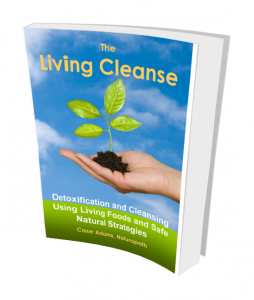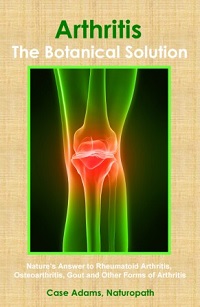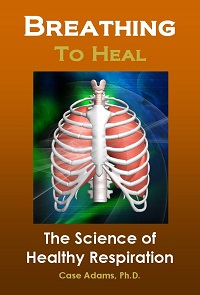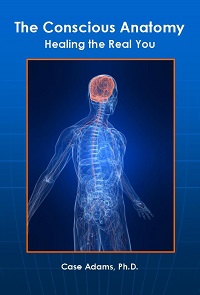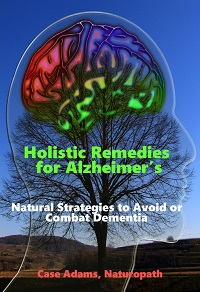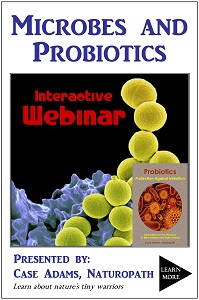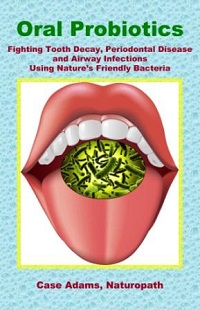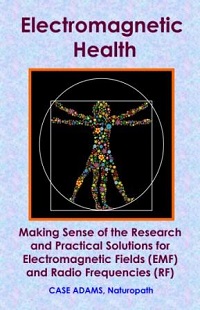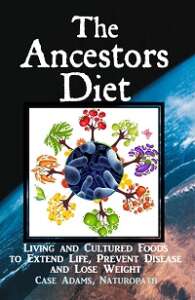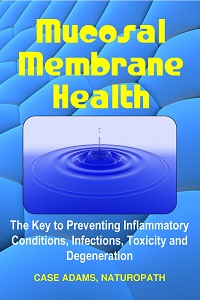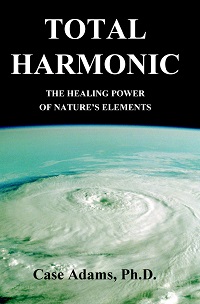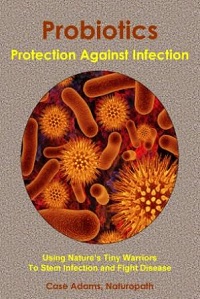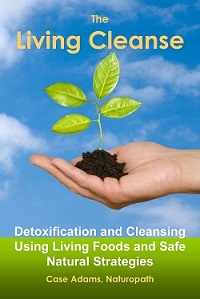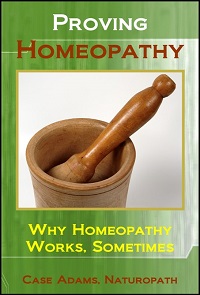Reducing Harmful Toxic Exposure this Holiday Season
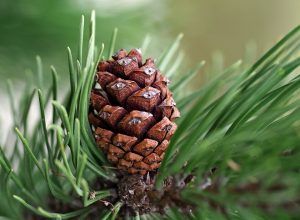
Christmas is a blessed time, but festivities may also come with toxins.
The holiday season is not known for being the healthiest time of year. Between rich foods and a surplus of social activities that leave little time for exercise, it can be more difficult to pursue a health-conscious lifestyle. In addition, we might also be concerned about some of the toxins that tend to lurk during our festivities.
Here is a quick review of some of the toxins to be aware of during the holidays:
In this article
Toxins in holiday decor
Asbestos is most familiar to the public as a toxic mineral found in older buildings. What many may not realize, however, is that asbestos was also regularly used in consumer products and can still be found in holiday items today. Up until the 1940s, asbestos was used to create fake snow that was used to decorate homes and businesses.
Asbestos was also used in the fake snow accents on decorations, vintage bulbs, and even wreaths. While many of these items are no longer sold today, they may have been passed down between generations, and are certainly something to be wary of.
This, of course, is a major cause for concern because asbestos is a known carcinogen. If microscopic asbestos fibers are inhaled, they can cause very serious health concerns, even cancer. The risk of developing a deadly asbestos-caused illness like mesothelioma from consumer products is very low, however, both the Environmental Protection Agency and the World Health Organization acknowledge that there is no known safe level of asbestos exposure. It’s in everyone’s best interest to put safety first and avoid contact with asbestos all together.
Artificial Christmas trees are another potential source of toxins. People tend to hold onto their trees for decades, and older trees that were made before the 21st century may contain lead.
Lead exposure is extremely dangerous because it can cause a multitude of conditions such as stunted growth, hearing problems, premature birth, or reduced kidney function. It’s important to note that the risks of lead exposure from artificial trees are very low, but in a worst-case scenario could have a substantial impact on young children who are more susceptible to lead poisoning.
As we’ve discussed with other research, Christmas tree beads, beaded garlands and other ornaments can also contain high levels of arsenic.
Other biological contaminants can also pose a threat, but not to humans. Many people enjoy decorating their homes with seasonal holiday plants such as poinsettias, Christmas cacti, holly, and mistletoe.
However, these plants can be poisonous to pets. If ingested, they can cause a variety of acute health concerns such as dehydration and vomiting. Try to keep these plants away from cats and dogs alike to avoid any accidents.
Toxins in holiday gifts
Although asbestos has been removed from many consumer products, there are still cases of accidental exposure. This is most troubling when talc has been contaminated with asbestos and is then used in children’s toys. Asbestos has been found in crayons and toy crime lab kits, and just earlier this year, in makeup products sold to pre-teens at a major retail chain.
Also watch out for gifts that contain smelly rubberized plastics from China. They can contain toxins from PVC and recycled car tires.
Shopping at thrift stores or antique stores should also be met with caution since the items sold may be from the 20th century and contain asbestos or lead. As long as you’re aware of the risks and look into any items that raise red flags, you should be able to find gifts that a toxic-free!
Indoor air toxicity
Indoor air quality becomes another health concern during the holiday season. Doors and windows are often sealed tight against the colder temperatures. But this also means less natural ventilation.
Additionally, the use of wood-burning fireplaces can introduce pollutants into the indoor environment. These include carbon monoxide and soot particulates, a leading cause of cancer. We can decrease indoor pollution levels by ensuring that chimneys are vented properly and the chimney has been recently swept. Chimney sweeps are indispensable for this task.
Have a Blessed Christmas
The holiday season is a blessed time, giving us a chance to appreciate what we have been given and share with those around us. It is a season for giving and loving.
Here’s to the gifts of love – including the gifts that nature provides us.

